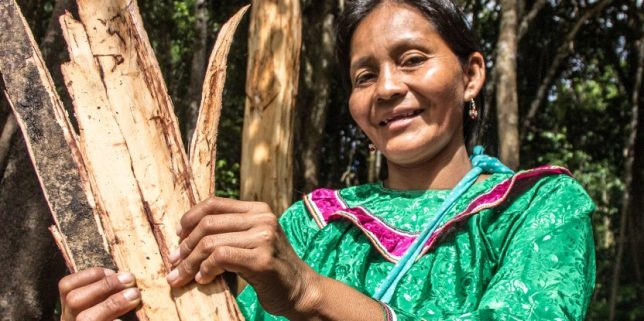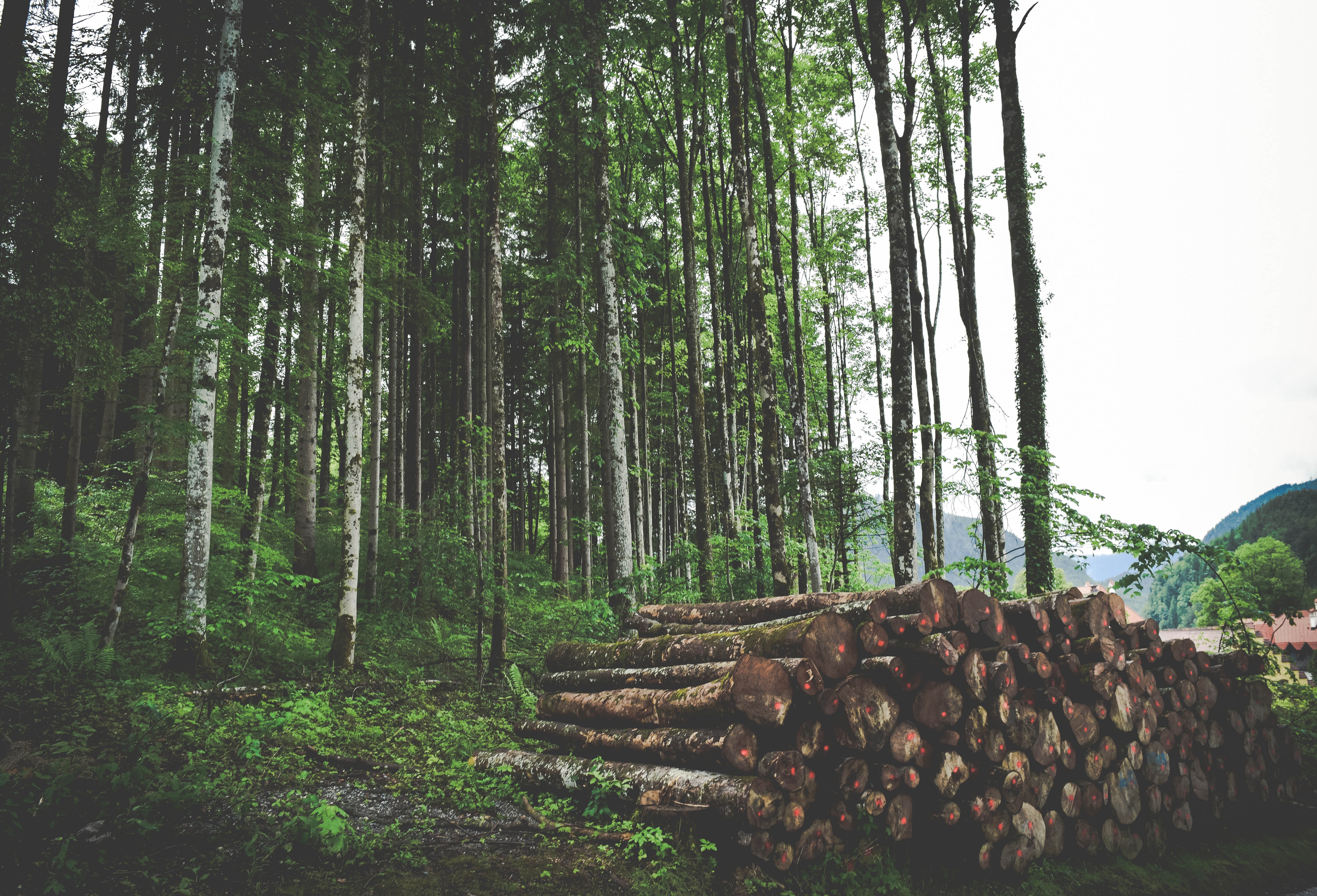By Carole Excell and Eva Hershaw, World Resources Institute (CC BY-NC-ND 4.0).
It’s been nearly 10 years since Chut Wutty, an environmental investigator and activist from Cambodia, was murdered while trying to halt an illegal logging operation.
His death prompted widespread indignation and inspired the civil society organization Global Witness to begin documenting the killing of land and environmental defenders worldwide. This led to the publication of “Deadly Environment,” in 2014, a landmark report that would become an annual account of killings against such activists worldwide. In its first report, Global Witness noted that killings were “notoriously under-reported” by governments.
A year later, in 2015, the question was taken up by the United Nations, which adopted Sustainable Development Goal (SDG) 16 to achieve peace, justice and transparent institutions. The framework included a specific benchmark — indicator 16.10.1 — calling on countries to monitor killings of all human rights defenders and protect them.
But in the six years since the SDGs were approved, violence perpetrated against human rights defenders, specifically land and environmental defenders, has continued unabated. In fact, despite growing international attention, the overwhelming majority of governments have failed to take meaningful steps to better protect them.
Governments aren’t tracking and reporting violence against environmental defenders
For years, land and environmental defenders have served as our first line of defense against the destruction of vital natural resources, livelihoods and territories that have mitigated an impending climate disaster. They have exercised their fundamental rights to challenge companies, governments and private actors who have driven destruction of the water, land, biodiversity and climate on which we all depend.
Their crucial contribution has made environmental activists an unequalled target for violence, yet states have failed to monitor their situation in a meaningful and systematic way.
The recent Crucial Gap report, released by the Alliance for Land Indigenous and Environmental Defenders (ALLIED coalition), of which WRI is a member, details the concerning extent to which official data on land and environmental defenders is missing.
Since 2015, only 14 countries* have reported any cases of violence against human rights defenders to the U.N., whether through Voluntary National Reviews — progress reports, presented by states at the High Level Political Forum — or other mechanisms. Of the 162 countries that submitted Voluntary National Reviews since 2015, just three countries — Central African Republic, Nigeria, and Palestine, fewer than 2% — indicated that at least one human rights defender had been killed or attacked. Seven countries reported no cases of violence, while 94% of countries did not report at all.
The low numbers presented by governments at the High Level Political Forum comes in stark contrast to the widespread violence against these defenders, well documented by civil society groups and non-profits. In its recently published report, Last Line of Defence, Global Witness reported 227 land and environmental defenders murdered in 2020 alone, the highest number of lethal attacks ever recorded. Front Line Defenders, reporting cases from the Human Rights Defenders Memorial, noted that 331 human rights defenders, including land and environmental defenders, were killed during the same period.
The U.N. has also recognized the extent of violence beyond that reported by governments. In his 2020 SDG Progress Report, the Secretary-General stated that the U.N. had verified at least 1,940 killings of defenders from 81 between 2015 and 2019 — cases that largely came from civil society reporting. The dataset published by the U.N. remains limited to killings (and enforced disappearances) of human rights defenders by region and sex. The agency does not release country-level data, nor specific figures for land and environmental defenders, ethnicity or affiliation with indigenous groups.
For years, civil society has been working to cover this crucial reporting gap, but they cannot stand in for the state. Ultimately, it is the government that bears the responsibility for guaranteeing fundamental rights to all citizens, protecting them from harm, and upholding binding commitments made in regional and global human rights mechanisms.

How to better document violence against environmental defenders
There are, however, some glimmers of hope.
A small number of national human rights institutes and government agencies — in cooperation with national statistical offices, and the U.N.’s Human Rights Office (OHCHR) — are working to bolster national-level data collection, further encouraged by the Global Action Plan set forth by the Global Alliance of National Human Rights Institutes. The U.N. is supporting this work in many countries, but progress remains limited.
In the meantime, civil society continues to organize their data collection and explore ways to further support the construction of better national datasets. The ALLIED Data Working Group represents a number of these organizations, such as CEMDA in Mexico, ANGOC’ in Indonesia, UDEFEGUA in Guatemala and CINEP in Colombia, though many others could be mentioned.
Such monitoring initiatives have been central to efforts to protect activists in many countries, but this is ultimately an obligation that must be assumed by the state to fulfil their SDG requirements. Unless they commit to monitoring violence against human rights defenders, states will continue to fail to understand the root causes of such violence and will not be able to build the evidence-based policies needed to prevent further violence.
Among its findings, the Crucial Gap report recommends five specific actions, relevant to state and intergovernmental bodies, and to data collectors broadly:
- States must develop and sustain mechanisms that collect and report data on attacks on environmental and human rights defenders.
- States should develop and support national human rights institutes to be independent, authoritative monitoring bodies of attacks.
- States and reporting agencies must recognize and protect the important role played by civil society data collectors, providing for their meaningful participation in monitoring processes and acknowledging their contributions, as well as the risk they incur for the work they do.
- Reporting bodies — including National Human Rights Institutes, custodian agencies, treaty bodies, and other data collectors — must make the work of particularly vulnerable groups, including land, environmental and indigenous human rights defenders, more visible.
- The international community must work towards a global, harmonized database of attacks and killings to capture the verified cases violence against land and environmental activists (and human rights defenders, more broadly), building on the work of ALLIED and others.
In order to better protect land and environmental defenders and to build policies that foster an enabling environment, the state — not civil society alone — must be monitoring, reporting on and ultimately responding to their situation. In many cases, we see government discrediting civil society monitoring work while they fail to protect defenders themselves.
Until national governments commit resources to build monitoring capacity and develop mechanisms to document violence against defenders, the message sent to civil society and the global community will be the same: that stopping violence against activists is not a priority and, as a result, it’s not monitored.
Without a state-led commitment to stop this violence, such attacks will continue.
In the nearly 10 years since Chut Wutty died, thousands of defenders across the world have lost their lives in defense of the land, environment and indigenous territories. It is time for governments to step up, assume their responsibilities, and in the next 10 years, do a better job of defending their defenders.
Endnote:
*Four additional countries – Colombia, Kenya, Mexico and the Philippines – reported data directly to OHCHR, the custodian of indicator 16.10.1.







